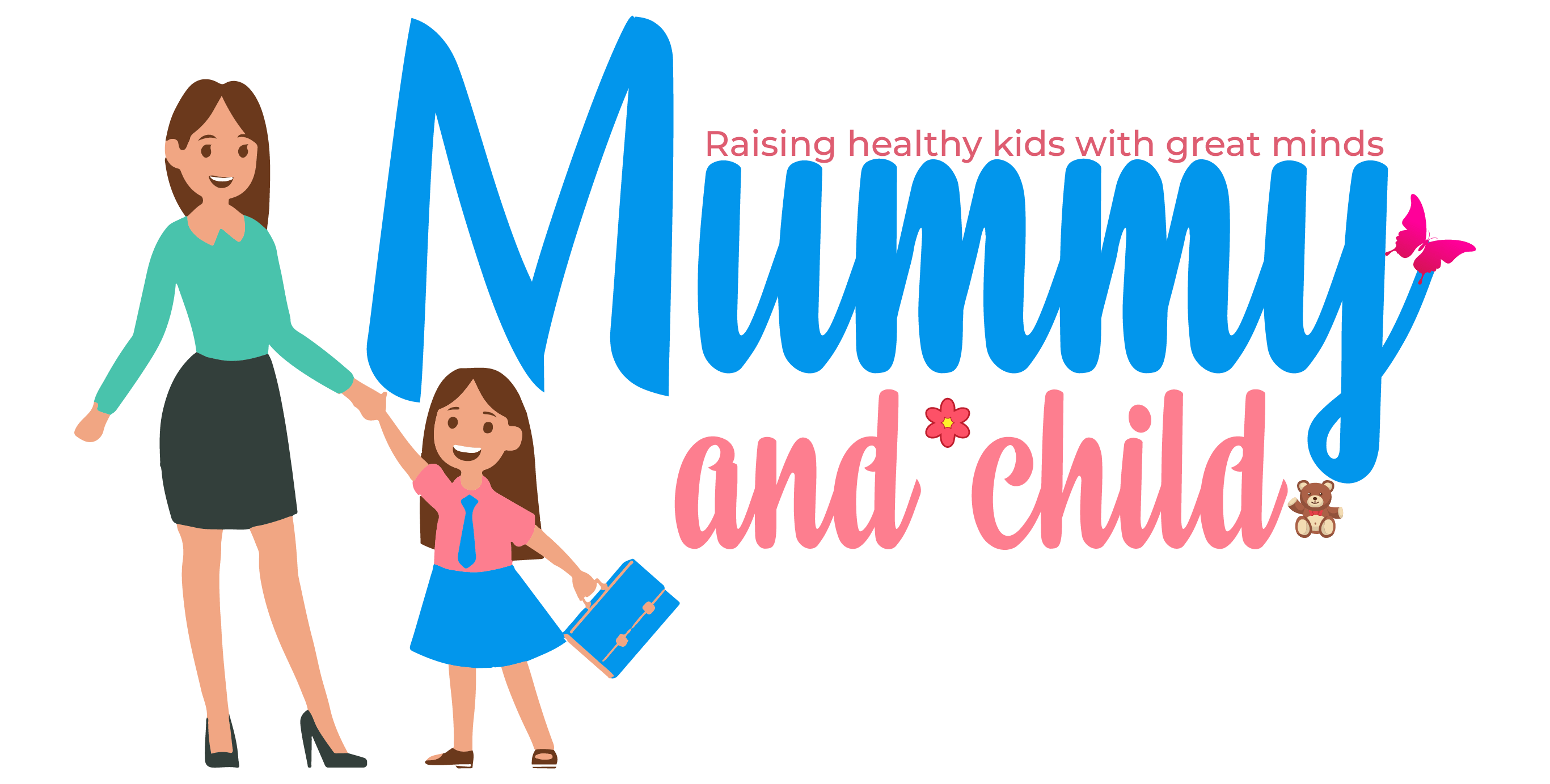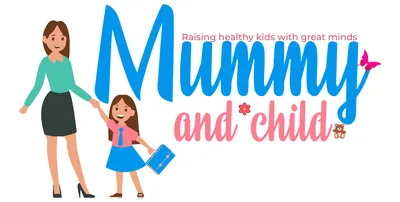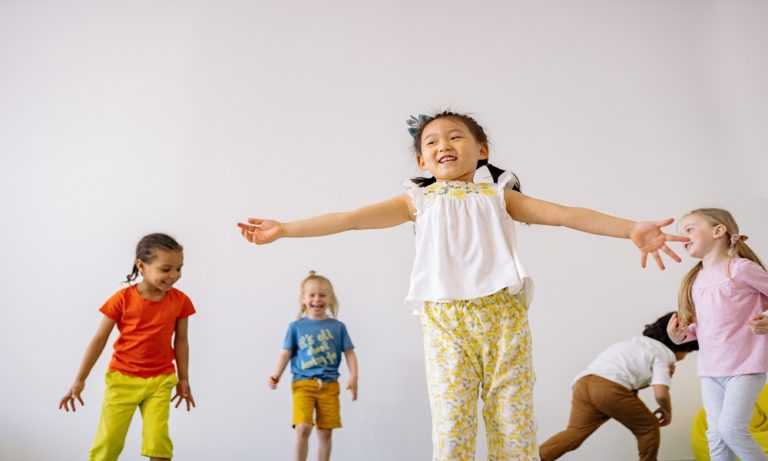In childcare, there are many learning programs that can support children’s social, emotional, and academic development. In some cases, these programs may include dance therapy!
Dance therapy in children is a great way to introduce children to performing arts and exercise, all while supporting children to develop effective communication skills. Dance therapy can have so many benefits for early learning!
Are you wondering about the role dance therapy can play in childcare education! Here’s everything you need to know.
What is dance therapy?
Dance therapy is based on dancing! It uses music and movement to support emotional, cognitive, physical, and social wellbeing. The discipline is now used in many countries around the world.
Dance therapy allows children to develop positive self-esteem and confidence while learning how to communicate effectively and interact with their peers. Dance can support children as they begin to understand their emotions and develop important social skills.
In many cases, dance therapy can also be used as a form of mindfulness, as well as supporting healthy exercise programs. This allows dance to be a part of broader health and wellbeing teaching approaches.
What does dance therapy include?
Dance therapy is all about dance! Sessions may include a range of music and dance movements, as well as an awareness of art, communication, and space. Children may engage with dance-based activities or routines.
In a dance therapy session, children may dance alongside their peers or participate in musical games that help them build creativity, express emotions, and enhance imagination. Dance is often a great way to help children learn in a fun, engaging way.
Who teaches dance therapy?
In most cases, dance therapy is provided by trained dance or movement therapists. Dance therapy professionals understand how dance can work alongside other disciplines to support healthy child development.
Most qualified dance therapists have completed tertiary training and extensive work experience. This allows them to deliver high-quality science-driven dance programs.
How does dance therapy help children learn?
Dance therapy can have an important influence in supporting early childhood education and care, promoting children’s social, emotional, and academic learning.
Dance therapy helps children build friendships and communicate with their peers, allowing them to develop strong social skills and begin to recognise and understand the emotions of others. Through dance, children can also process their own emotions and learn to regulate these or share them with others.
In many cases, dance therapy can also work alongside behavioural science, making it especially helpful for children with behaviour challenges. Dance therapy can even be used as early intervention for behavioural problems.
By helping children build confidence and essential learning skills, dance therapy can support additional education opportunities. In a childcare setting, dance can become an important part of educational programming, providing children with the chance to develop new skills that will help them at school and beyond.
Still looking for a childcare centre near you? Visit MyXplor to search and find great local centres, like Goodstart Early Learning Morningside!



Comments are closed.